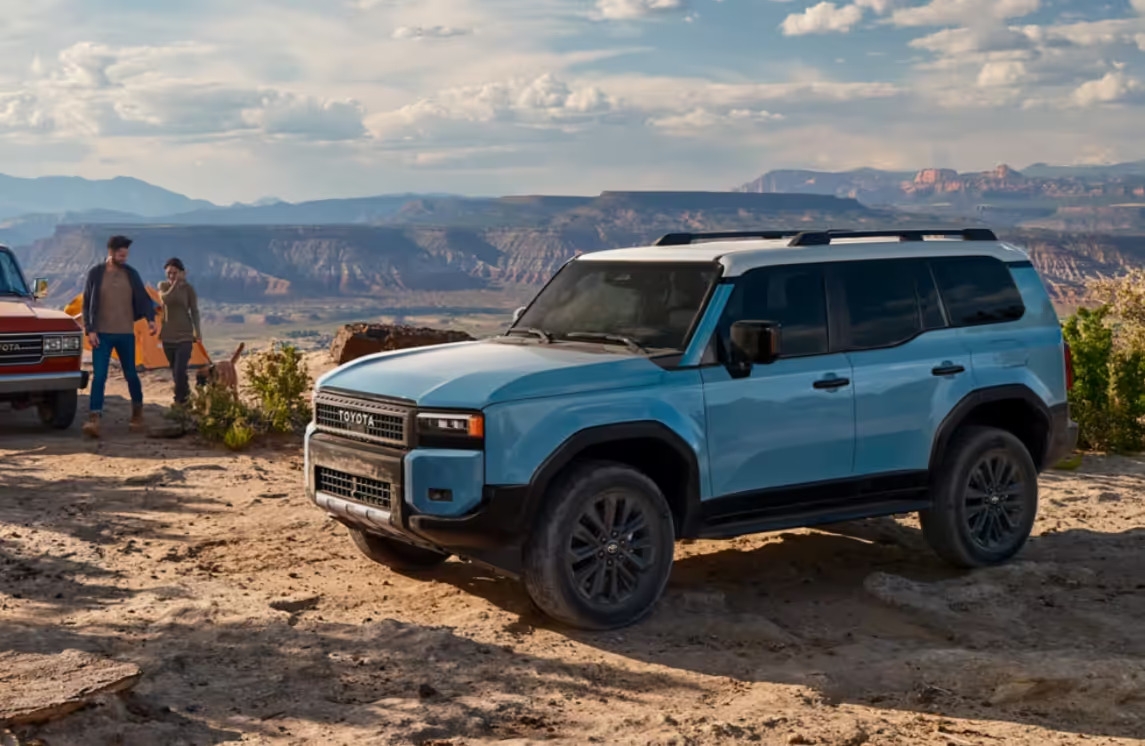For decades, the phrase “over 100,000 miles” was enough to make used car buyers slam the brakes. It was seen as a death sentence for resale value—a signal that the vehicle had lived its best years and was now limping toward the end. But times have changed.
Thanks to advancements in manufacturing, better lubricants, improved diagnostics, and a shift in consumer mindset, 150,000 miles has become the new benchmark for vehicle longevity. Yet despite the change, not all vehicles are up to the challenge. Some hold their value and reliability deep into high-mileage territory, while others become financial burdens long before crossing that milestone.
The truth is, mileage is only one part of the equation. Two vehicles can both have 160,000 miles on them, yet one is still quietly ticking along without any major issues, while the other is on its third transmission and sporting a check engine light that won’t go away.
So what makes the difference? It often comes down to engineering quality, long-term reliability, parts availability, resale reputation, and ease of maintenance. Brands like Toyota, Honda, and Subaru have built decades of consumer trust by consistently delivering vehicles that age gracefully. Others, however, either overcomplicate their designs or fall short in durability, making them bad bets for long-term ownership.
There’s also a psychological and market-driven side to this discussion. Cars that earn a reputation for lasting beyond 150K become used market heroes, often selling quickly even with high odometer readings. Buyers looking for dependable transport on a budget are more likely to take a chance on an older Toyota 4Runner or Honda Accord than, say, a Dodge Journey or a Fiat 500.
These high-mileage heroes retain value not just because of how long they last, but because of the confidence they inspire in buyers, dealers, and mechanics alike. This confidence translates directly into resale power.
At the opposite end of the spectrum are the cars that seem promising at first glance—stylish, comfortable, or packed with tech—but fall apart as they age. Some cars start to develop chronic problems around the 100,000-mile mark, with repair costs that quickly exceed the vehicle’s market value.
Others were simply built with cheaper components or complex systems that don’t age well. These cars quickly become money pits, and their reputation in the resale market drops accordingly. Even if they look great and drive fine today, once they pass that 150K threshold, their value plummets, and they become difficult to sell.
This article dives into both sides of the equation. We’ll look at five vehicles that are known for holding their value and mechanical integrity well past the 150,000-mile mark, offering great long-term return on investment. Then, we’ll examine five vehicles that struggle to stay roadworthy and retain market value once they cross into high-mileage territory.
These aren’t just anecdotes—they’re informed by patterns seen at dealerships, among private sellers, and through real-world ownership experiences.
Whether you’re planning to buy a high-mileage vehicle, assess your current car’s long-term value, or simply avoid making a costly mistake, understanding which vehicles thrive and which don’t past 150,000 miles can save you thousands of dollars—and a lot of headaches. In today’s economy, every dollar counts. Choosing a car that’s built to go the distance isn’t just a smart move—it’s a necessity. Let’s start with the vehicles that have proven their worth well into overtime.
Also Read: 5 Cars That Throw Random Check Engine Codes And 5 That Are Code-Clean
5 Vehicles That Hold Value Past 150,000 Miles
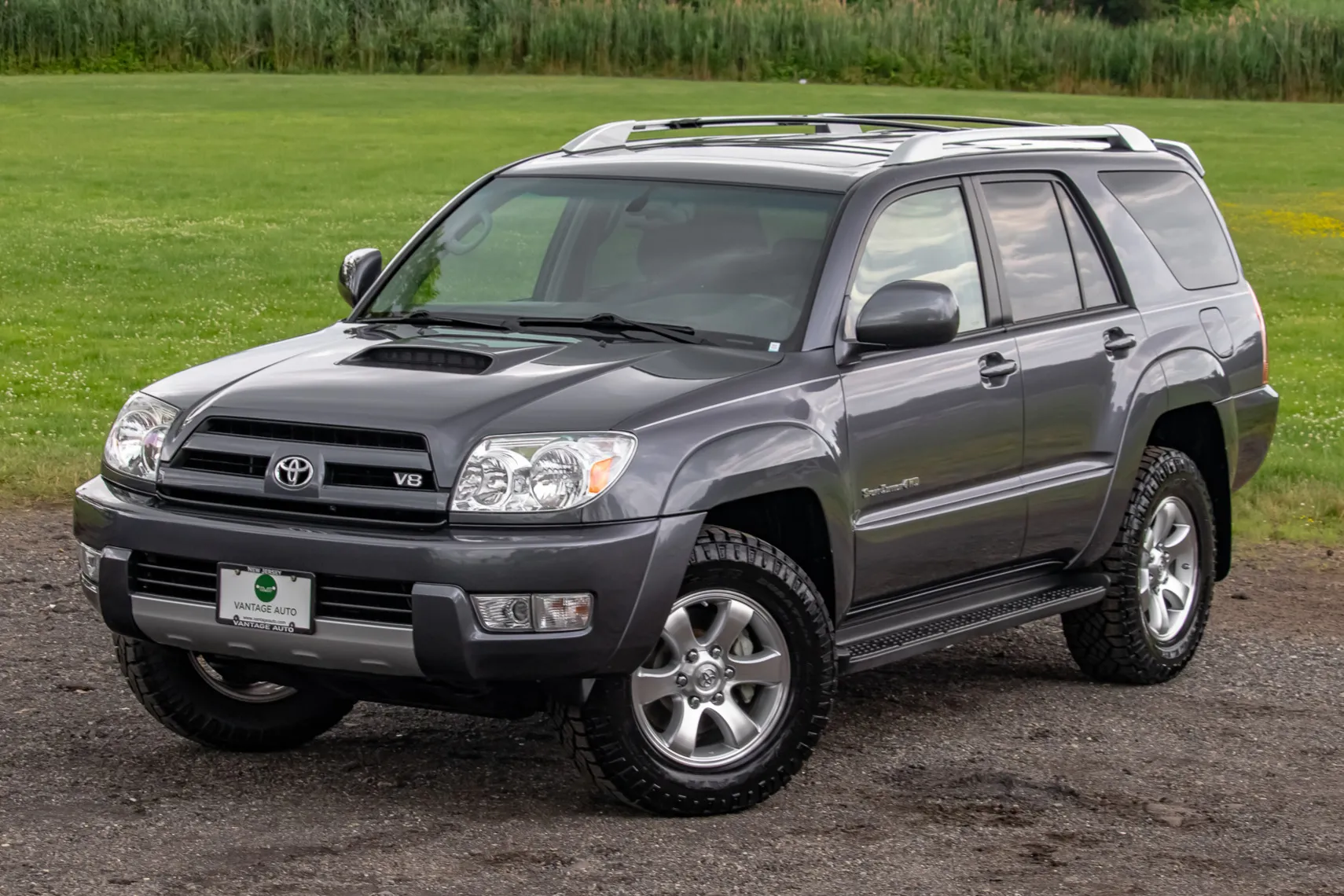
1. Toyota 4Runner
The Toyota 4Runner has earned legendary status among SUV enthusiasts and practical vehicle owners alike—and it’s easy to see why. Designed with rugged dependability in mind, the 4Runner is one of the few remaining SUVs that uses a traditional body-on-frame construction, which lends itself well to off-roading, towing, and longevity.
Many owners proudly report their 4Runners pushing past 200,000 or even 300,000 miles with minimal mechanical intervention. This exceptional durability doesn’t just make the 4Runner a reliable long-term vehicle; it also helps it retain remarkable value on the used market, even as mileage climbs well past 150,000.
Another reason the 4Runner thrives in the high-mileage segment is its simplicity. While many modern SUVs rely on turbocharged engines, advanced electronics, and intricate powertrain setups, the 4Runner sticks to a time-tested 4.0-liter V6 engine paired with a traditional automatic transmission.
This conservative engineering philosophy translates into fewer things that can go wrong and fewer expensive repair bills. Its mechanical components, suspension systems, and drivetrain are built with the assumption that owners will push the vehicle through challenging conditions, which is why they’re overengineered for everyday use. When regular maintenance is followed, the 4Runner becomes a fortress of reliability.
Beyond mechanics, the 4Runner also retains its appeal due to lifestyle branding and resale demand. It speaks to a certain demographic—outdoor adventurers, off-road enthusiasts, and families looking for a trustworthy SUV—that tends to hold on to vehicles long-term and maintain them well.
The 4Runner’s resale value, even with high mileage, often eclipses competitors with much lower odometer readings. For dealers, this means it’s a safe investment: they know that listing a 4Runner with 160,000 miles won’t scare off informed buyers—it might even attract more. Few vehicles marry durability, resale value, and consumer trust as seamlessly as the 4Runner does.
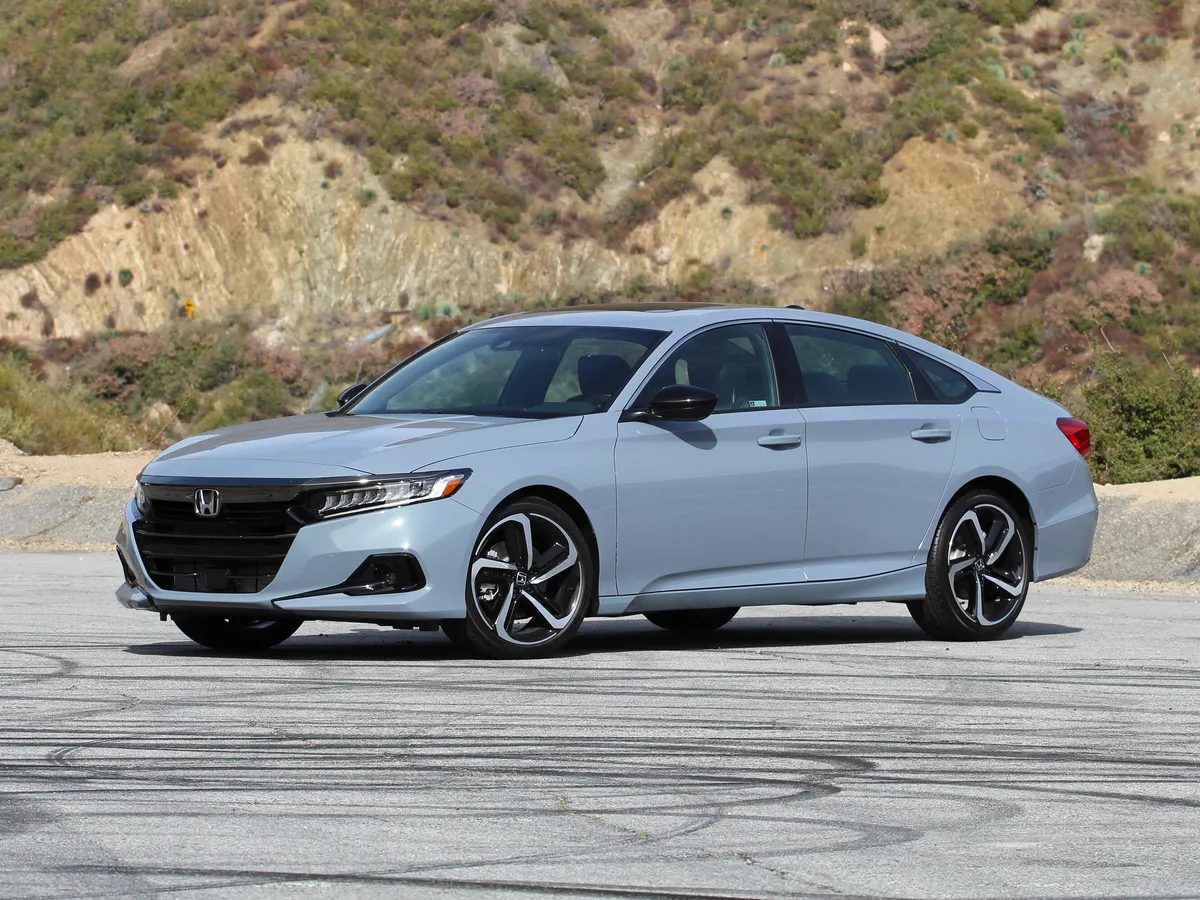
2. Honda Accord
The Honda Accord is the quintessential long-haul sedan. Over the years, it has earned a rock-solid reputation for blending performance, comfort, and exceptional reliability. With proper care, it’s not uncommon for an Accord to exceed 250,000 miles with its original powertrain intact.
This longevity is largely due to Honda’s renowned engine design, particularly the 2.4L inline-4 and the V6 options from earlier generations, which are known to be both fuel-efficient and durable under long-term use. Unlike many competitors, the Accord wears its miles well, often maintaining consistent ride quality and drivability long after crossing the 150,000-mile mark.
One of the key reasons the Accord holds value into high mileage is because of its accessibility. The vehicle appeals to a massive cross-section of buyers: commuters, college students, small families, and retirees. This broad appeal ensures that even high-mileage models have a place in the market.
The Accord’s styling tends to age gracefully, and its interior, while not flashy, emphasizes usability and comfort. It’s not just a car people buy—it’s a car people grow attached to. Many Accord owners report handing down their vehicles to younger family members or holding onto them as secondary cars because they simply don’t die.
From a maintenance perspective, the Accord is relatively low-cost to own, even in its later years. Parts are inexpensive and widely available, and independent mechanics are deeply familiar with their systems. This accessibility makes the Accord a dealer’s dream, especially in the certified pre-owned market or for budget-conscious buyers.
Even at 150,000 miles, a clean Accord with service records can command solid prices, often outperforming newer vehicles with questionable reliability. In a world where many sedans lose their value quickly, the Accord remains a dependable exception—and a long-term value proposition.
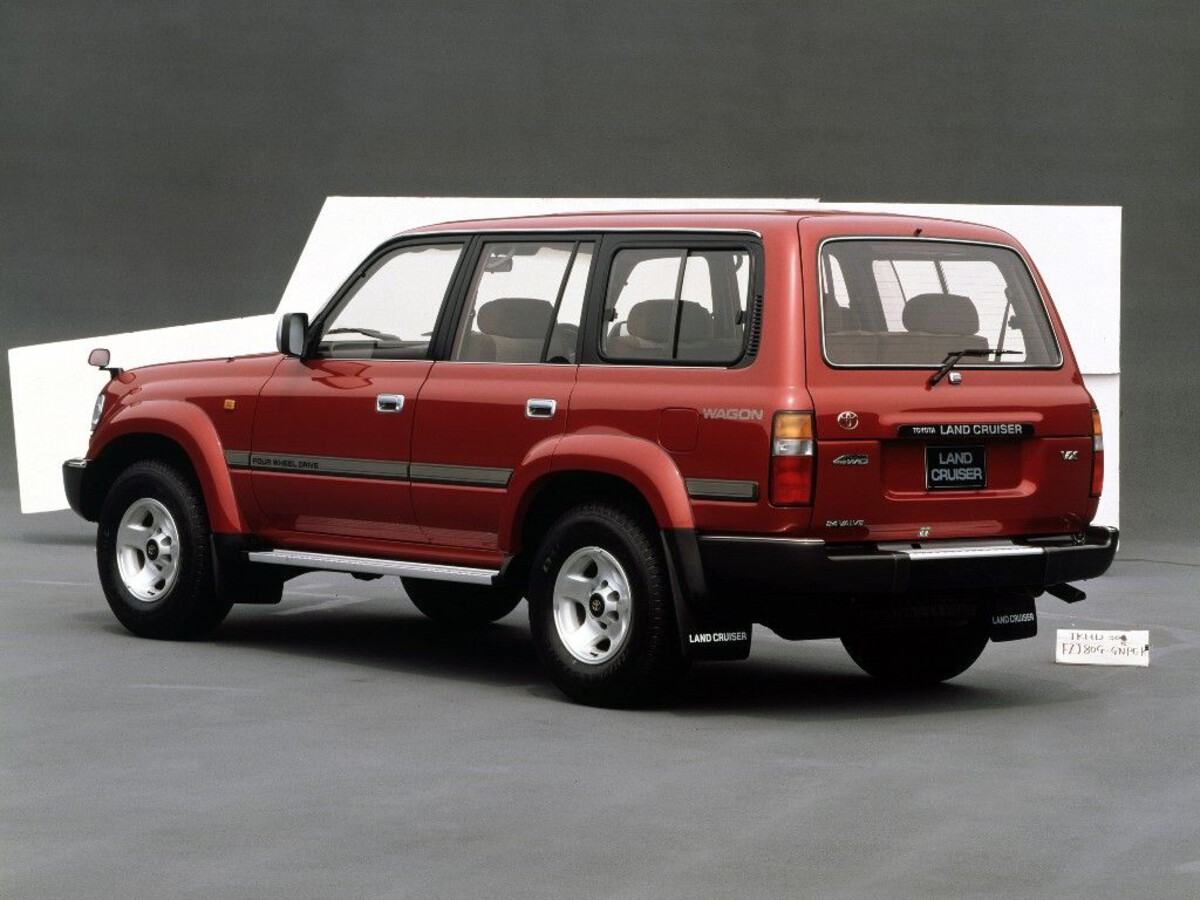
3. Toyota Land Cruiser
Few vehicles are as globally respected for durability and resale value as the Toyota Land Cruiser. Known in many parts of the world as the vehicle of choice for diplomats, humanitarian missions, and off-grid adventurers, the Land Cruiser is practically engineered to outlive its owner. It features a bulletproof V8 engine, an indestructible transmission, and body-on-frame architecture that makes it incredibly tough.
The level of overengineering Toyota poured into the Land Cruiser translates directly into long-term value. Even with 150,000+ miles, these vehicles are still in high demand—and often sell for eye-watering prices on the used market.
What sets the Land Cruiser apart is its ability to endure harsh conditions without blinking. It’s designed to run in deserts, jungles, and war zones—so a few hundred thousand highway miles barely scratch the surface of its capabilities. The Land Cruiser’s components are designed with redundancy and ease of service in mind, allowing for long intervals between major repairs.
For example, the suspension and drivetrain are made with extra strength in mind, and the vehicle’s electronics are typically more reliable than those in similarly priced luxury SUVs. In short, the Land Cruiser doesn’t just survive past 150,000 miles—it thrives.
Even as Toyota has scaled back production of the Land Cruiser in many markets, its resale value has soared. Enthusiasts and collectors recognize its rarity and dependability, which adds a premium to even older models. It’s one of the rare vehicles where the depreciation curve flattens dramatically after 150,000 miles.
While most vehicles lose most of their value by that point, Land Cruisers are often just hitting their stride—and commanding prices accordingly. For buyers and dealers alike, a high-mileage Land Cruiser is not a risk; it’s an asset.
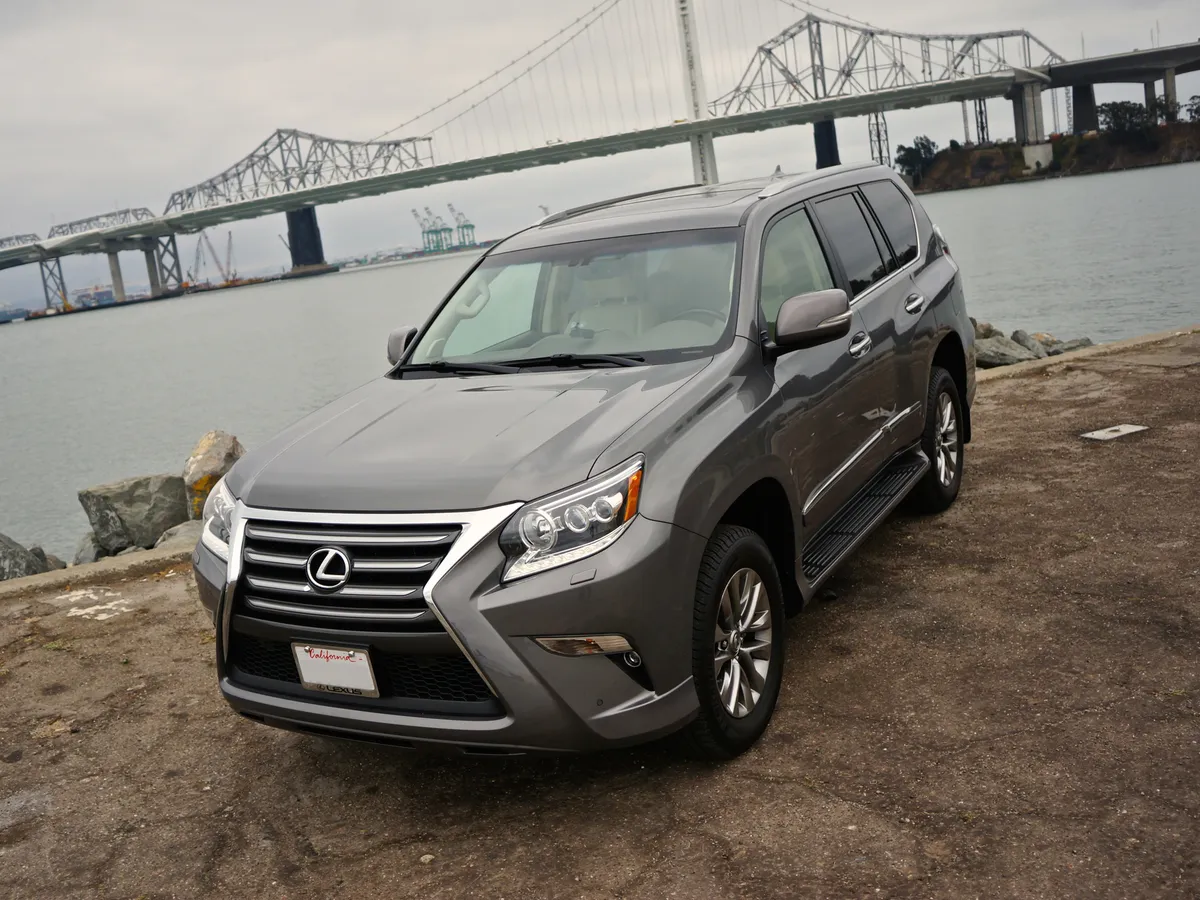
4. Lexus GX 460
The Lexus GX 460 is essentially the luxury version of the Toyota Prado, a close cousin of the Land Cruiser, and shares much of the same legendary architecture. Built on a body-on-frame chassis with a naturally aspirated V8 engine, the GX 460 is one of the most durable luxury SUVs money can buy.
It offers the reliability and engineering excellence of Toyota, but with the refined touches of a premium vehicle: plush leather seating, advanced infotainment, and exceptional ride quality. Unlike many other luxury SUVs, which become unreliable money pits after six figures, the GX 460 often hits 150,000 miles with barely a hiccup.
What helps the GX 460 retain its value past 150K miles is its robust drivetrain and minimal reliance on overly complicated tech. While it does have modern conveniences, it avoids many of the failure-prone, gimmicky features seen in competitors. That means fewer things break over time, and when they do, Lexus’ reputation for customer support and parts availability makes them manageable to repair.
Additionally, the GX 460’s V8 engine, while not the most fuel-efficient, is remarkably resilient and low-stress when maintained properly. These traits make it a favorite among long-term owners and those who regularly drive in challenging conditions.
From a resale standpoint, the GX 460 is unique in that it blends two things rarely found together: luxury and longevity. Buyers who want a premium experience without the headaches associated with German brands often look to the GX as a long-term, hassle-free option.
Even with mileage well past 150,000, well-maintained GX 460s hold their value impressively. Dealers love them for this very reason—luxury buyers get comfort and prestige, while savvy shoppers get reliability and resale strength. It’s a rare win-win in a segment often dominated by short-lived status symbols.

5. Subaru Outback
The Subaru Outback is the workhorse of the outdoor enthusiast crowd and a perennial favorite in states with variable weather, like Colorado, Oregon, and Vermont. Known for its standard all-wheel drive, high ground clearance, and car-like handling, the Outback has quietly built a reputation as one of the most dependable crossovers on the road.
Many owners keep their Outbacks for 10 years or more, with mileages well over 150,000 miles becoming a badge of honor. This durability—and its loyal following—help the Outback retain value surprisingly well into its second and even third decades of service.
Mechanically, the Outback has its quirks, especially with head gasket issues in some older models, but Subaru addressed many of these concerns in newer generations. Overall, the flat-four engines and CVT transmissions in recent models have proven capable of long lifespans when properly maintained.
The vehicle’s simple and functional design, easy parts availability, and community of knowledgeable mechanics make long-term ownership manageable and cost-effective. Regular oil changes and basic upkeep are often all it takes to keep these wagons going strong far beyond the 150K mark.
What also contributes to the Outback’s high-mileage value is its specific niche appeal. It’s not just a family car—it’s a lifestyle vehicle. Campers, pet owners, and outdoor lovers gravitate toward the Outback for its utility and reliability.
These buyers often prioritize long-term value and are willing to pay more for a well-kept, high-mileage model than risk a newer vehicle with an unproven track record. In this way, the Outback punches far above its weight class when it comes to lasting value—and that’s something both buyers and dealers are quick to recognize.
5 Vehicles That Don’t Hold Value Past 150,000 Miles
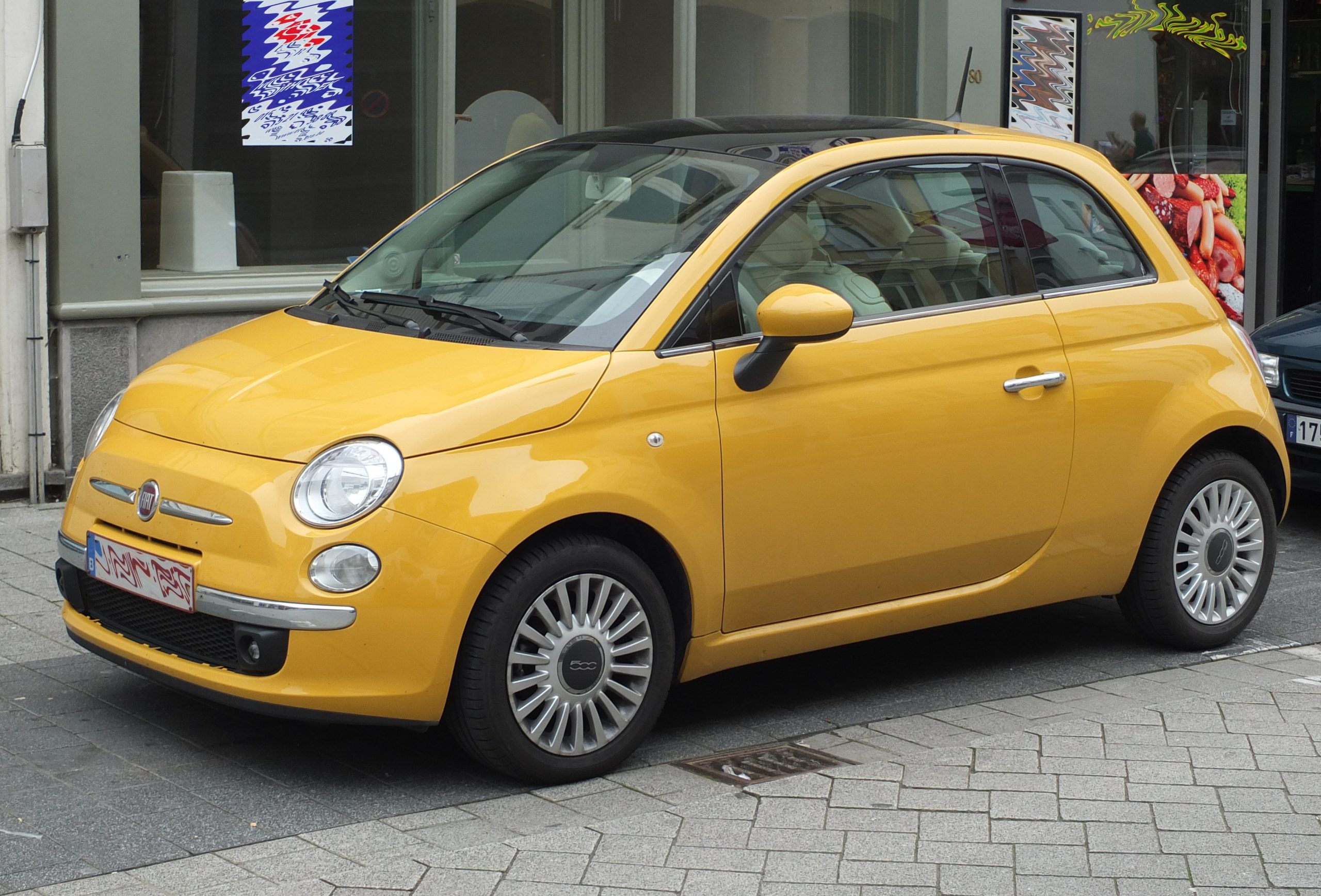
1. Fiat 500
The Fiat 500 arrived on the U.S. market with quirky charm and European flair, targeting younger buyers and urban drivers looking for an affordable, stylish compact. Initially, it received praise for its retro aesthetic and maneuverability, especially in crowded cities.
However, despite its initial appeal, the Fiat 500 quickly gained a reputation for mechanical unreliability and subpar build quality. Many of these issues tend to manifest long before the 150,000-mile mark, making them a liability in the used car market. Consequently, Fiat 500s with high mileage often struggle to find interested buyers, and dealers frequently pass on them altogether.
Under the hood, the 500’s small-displacement engines and transmissions, particularly the early automatic variants—are known for their fragility. Owners report frequent electrical issues, premature clutch wear, and an overall lack of mechanical durability compared to rivals like the Honda Fit or Toyota Yaris.
Once the car crosses into high-mileage territory, even routine maintenance can become frustrating and costly due to poor parts availability and limited domestic support infrastructure. Fiat’s relatively sparse dealer network in North America compounds the issue, leaving many owners without a reliable place to service their cars.
Because of these drawbacks, the Fiat 500 suffers significant depreciation, especially after 100,000 miles. While it may look stylish and fun on the outside, the market perceives it as unreliable and costly to maintain long-term. Dealers are hesitant to stock them, even if they’re cosmetically clean, because most buyers know the risk involved.
Past 150K, even private sales become difficult, and trade-in values are laughably low. In the used car world, few vehicles lose value and buyer confidence as quickly as the Fiat 500 once its odometer enters six-figure territory.

2. Dodge Journey
The Dodge Journey is often labeled as one of the most forgettable and underwhelming crossovers in modern automotive history—and for good reason. While Dodge originally marketed it as an affordable family hauler, its outdated platform, underpowered engines, and low-quality interior materials quickly made it an uncompetitive choice in its segment.
Even when new, the Journey struggled to impress, and it aged rapidly. Once these vehicles pass 100,000 miles, they often become burdens rather than assets, and by the time they reach 150,000 miles, they’re typically considered disposable by both dealers and owners.
Mechanically, the Journey is plagued by reliability issues. The 2.4-liter four-cylinder engine is notoriously underpowered and strained under the weight of a full-size crossover, while the optional V6 fared only slightly better. Frequent transmission failures, suspension problems, and electrical gremlins are common complaints from long-term owners.
Adding to the concern is the vehicle’s dated design, carried over with only minimal updates from 2009 through 2020, which makes repair work feel like dealing with a time capsule of poor engineering choices. Once major systems begin to fail, repair costs often exceed the vehicle’s market value, especially past the 150K mark.
Resale value reflects these limitations. Even well-maintained Journeys with service records in hand are hard to sell once they reach higher mileage. Dealers often pass them off to auction houses or low-end used lots where prices are slashed just to move inventory.
They hold little appeal to informed buyers, and their reputation for unreliability means that even with a low purchase price, they’re seen as a gamble. Ultimately, the Dodge Journey is a textbook case of a vehicle that depreciates rapidly and becomes a financial liability long before hitting 200,000 miles.
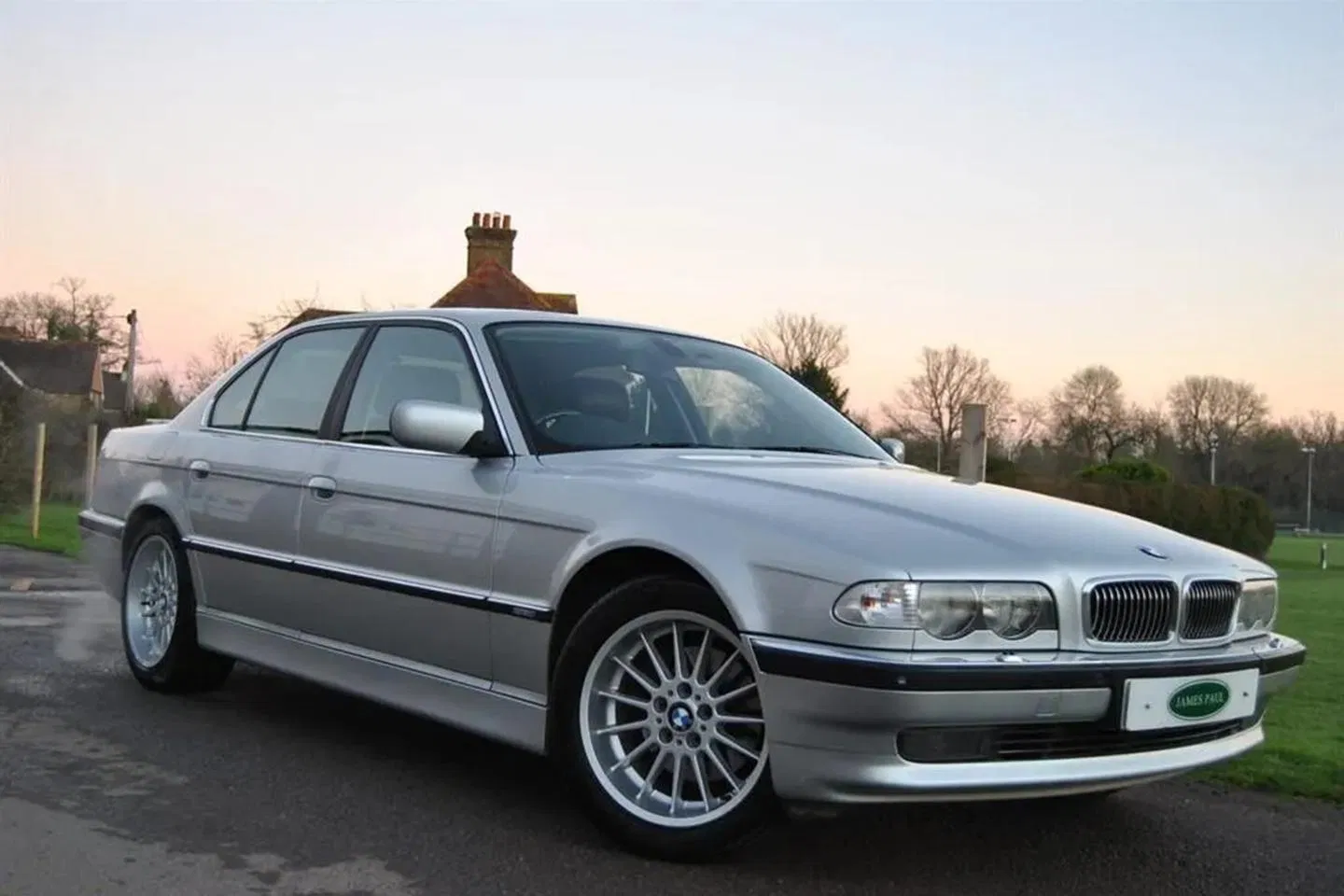
3. BMW 7 Series (Older Models)
Luxury vehicles like the BMW 7 Series often suffer steep depreciation, and high-mileage examples are rarely considered safe long-term investments. While the 7 Series offers an impressive blend of performance, technology, and comfort when new, those features come with a hefty maintenance burden that only intensifies with age.
By the time a 7 Series crosses the 150,000-mile threshold, it has often racked up tens of thousands of dollars in maintenance and repair costs, assuming it’s still running smoothly. And for those looking to trade in or sell, the resale value tends to crater sharply due to the known risks.
The biggest issue with older 7 Series models lies in their complexity. BMW crammed these cars with advanced electronics, adjustable suspension systems, turbocharged engines, and other premium features that simply don’t age well. As the mileage climbs, owners often find themselves plagued with a stream of failing components—from iDrive malfunctions and valve cover leaks to air suspension problems and infotainment bugs.
Parts are expensive, labor costs are high, and many independent mechanics either refuse to work on them or charge premium rates due to the difficulty involved. These cars may drive like a dream, but owning them past 150K miles often turns into a financial nightmare.
Because of these factors, the 7 Series performs poorly on the used market once the odometer climbs. Dealers are reluctant to take them in on trade, and private buyers who understand BMW ownership costs tend to avoid high-mileage examples entirely.
Even pristine models with full maintenance histories fetch surprisingly low resale prices. Luxury may impress at first glance, but when the true cost of ownership reveals itself, the BMW 7 Series becomes a hard sell, especially once it’s past its mechanical prime.
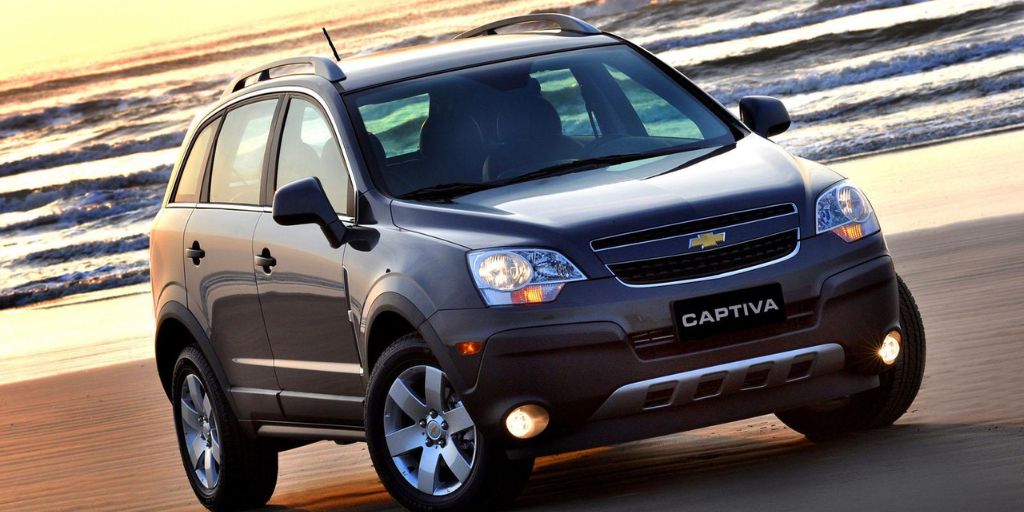
4. Chevrolet Captiva Sport
The Chevrolet Captiva Sport is an oddball in the U.S. automotive world—a rebadged version of the Opel Antara that GM sold mainly as a fleet vehicle, most commonly seen in rental companies. While it technically provided an affordable compact crossover option, it never earned a solid foothold in the market and was discontinued relatively quickly.
The Captiva Sport is one of those vehicles that seemed adequate on paper but failed to inspire confidence or loyalty among private owners. As a result, it has very little resale appeal, particularly as it climbs toward or past 150,000 miles.
One of the main reasons the Captiva struggles at high mileage is its lack of strong aftermarket support and brand recognition. Being a rebadged fleet vehicle, it lacks a dedicated community, and parts availability can be inconsistent. Worse still, many examples on the used market are ex-rental units that were driven hard and maintained just enough to meet minimal fleet standards.
That means wear and tear can be far more advanced than what the odometer suggests, especially as these vehicles approach the 150K mark. Mechanical issues like transmission failures and engine misfires become more common, and repair costs often eclipse resale value.
For dealers, this vehicle is a logistical headache. Even if the Captiva Sport is clean and mechanically sound, it’s an extremely hard sell. It lacks nameplate cachet, its design is dated, and its reliability is suspect at best. Most dealers would rather take in a higher-mileage CR-V or RAV4 than touch a Captiva with 100K miles. By 150K, it’s practically radioactive.
Private buyers aren’t much more forgiving, which is why most high-mileage Captiva Sports end up either in salvage yards or sold at deep discounts through private sales.

5. Mini Cooper (Older Generations)
The Mini Cooper, especially older models produced before BMW improved build quality in later generations, is a classic example of a car that looks fun but becomes a problem child with age. While it boasts sporty handling, a unique design, and strong brand appeal, these strengths do little to compensate for the mechanical headaches that emerge after 100,000 miles.
By the time a Mini Cooper reaches 150,000 miles, it’s usually associated with high repair costs, nagging electrical issues, and failing components that require either niche parts or specialized service. The ownership experience often becomes more trouble than it’s worth.
What plagues the Mini most is its intricate engineering and compact packaging. Everything under the hood is crammed together, making even basic repairs, like changing spark plugs or replacing a water pump, labor-intensive and expensive.
Timing chain issues are notorious on early models, and oil leaks from the valve cover and turbo system are nearly guaranteed as mileage increases. The suspension and cooling systems are also known for premature wear. Mini owners often find themselves stuck in a loop of constant, costly maintenance that doesn’t let up even with regular care.
Because of this, resale value on older, high-mileage Minis plummets. Dealers tend to avoid them due to the cost of reconditioning and the low demand for high-mileage examples. They might look appealing to budget buyers, but once prospective owners learn about the ongoing maintenance costs, interest disappears.
For many owners, trying to sell a 150,000-mile Mini is an exercise in frustration, as it becomes painfully clear that its charming looks can’t save it from its reputation. It’s a stylish car that often doesn’t live up to justify a long-term investment.
Value Is Earned, Not Assumed
When it comes to vehicles crossing the 150,000-mile mark, reputation and real-world performance matter more than any marketing pitch ever could. It’s easy to get dazzled by luxury badges, sleek styling, or high-tech features when shopping for a car—but none of that holds weight if the vehicle can’t stand the test of time.
As we’ve seen, there are vehicles that not only survive past 150K miles, but thrive—and they do so because of deliberate engineering, brand consistency, and real-world durability. Others, while attractive on the surface, become financial black holes the moment the odometer climbs into six figures.
The vehicles that hold their value past 150,000 miles—like the Toyota 4Runner, Honda Accord, Subaru Outback, and Lexus GX 460—have earned their reputations through decades of consistent performance. These aren’t flukes. They’re the result of brands investing in longevity, ease of repair, and robust mechanical design.
The ownership experience with these vehicles is often positive, even late into their lifecycle. That positive feedback loop strengthens their resale value and keeps demand high in the used market, even when other cars their age are being sent to scrap yards. In short, they inspire confidence because they’ve earned it.
On the other hand, vehicles like the Fiat 500, Dodge Journey, and older BMW 7 Series are cautionary tales. They may offer curb appeal or entry-level luxury, but they fall short where it counts: long-term dependability. High maintenance costs, complex systems, and poor reliability ratings cause their resale value to nosedive.
Even if an individual car is well-maintained, the broader perception of the model often dictates how it’s treated on the resale market. Dealers hesitate to touch them, private buyers avoid them, and mechanics know all too well what problems lie beneath. They simply don’t inspire the trust needed to justify continued investment.
What’s perhaps most revealing is how market behavior mirrors real-world ownership. Dealerships—whose business depends on turning over inventory quickly and with profit—are often the first to recognize which cars hold up and which don’t. If they routinely avoid certain trade-ins or lowball high-mileage offers on particular models, there’s usually a good reason.
Similarly, private buyers browsing used listings learn quickly that some cars keep getting snatched up, regardless of mileage, while others sit stagnant even with deep price cuts. These trends aren’t random. They’re signals that reflect a vehicle’s real-world staying power.
For buyers, sellers, and current owners alike, the lesson is clear: choose wisely, think long-term, and look beyond surface-level features. A car that depreciates slowly and remains reliable beyond 150,000 miles isn’t just a mode of transportation—it’s a financial asset.
Conversely, a vehicle that becomes a headache to maintain or loses resale value rapidly can quietly erode your savings. In an era where car prices are rising and economic uncertainty looms, making the right automotive choice is more critical than ever.
So, the next time you’re faced with a decision—whether it’s buying a used car with high mileage, trading in your current vehicle, or simply planning for the next 5 to 10 years of ownership—remember that value isn’t just about what a car costs. It’s about what it gives back over time. Some cars deliver far more than they take.
Others drain your wallet, your time, and your patience. The difference is often baked into the brand, the build, and the track record—and it starts to show around 150,000 miles.

